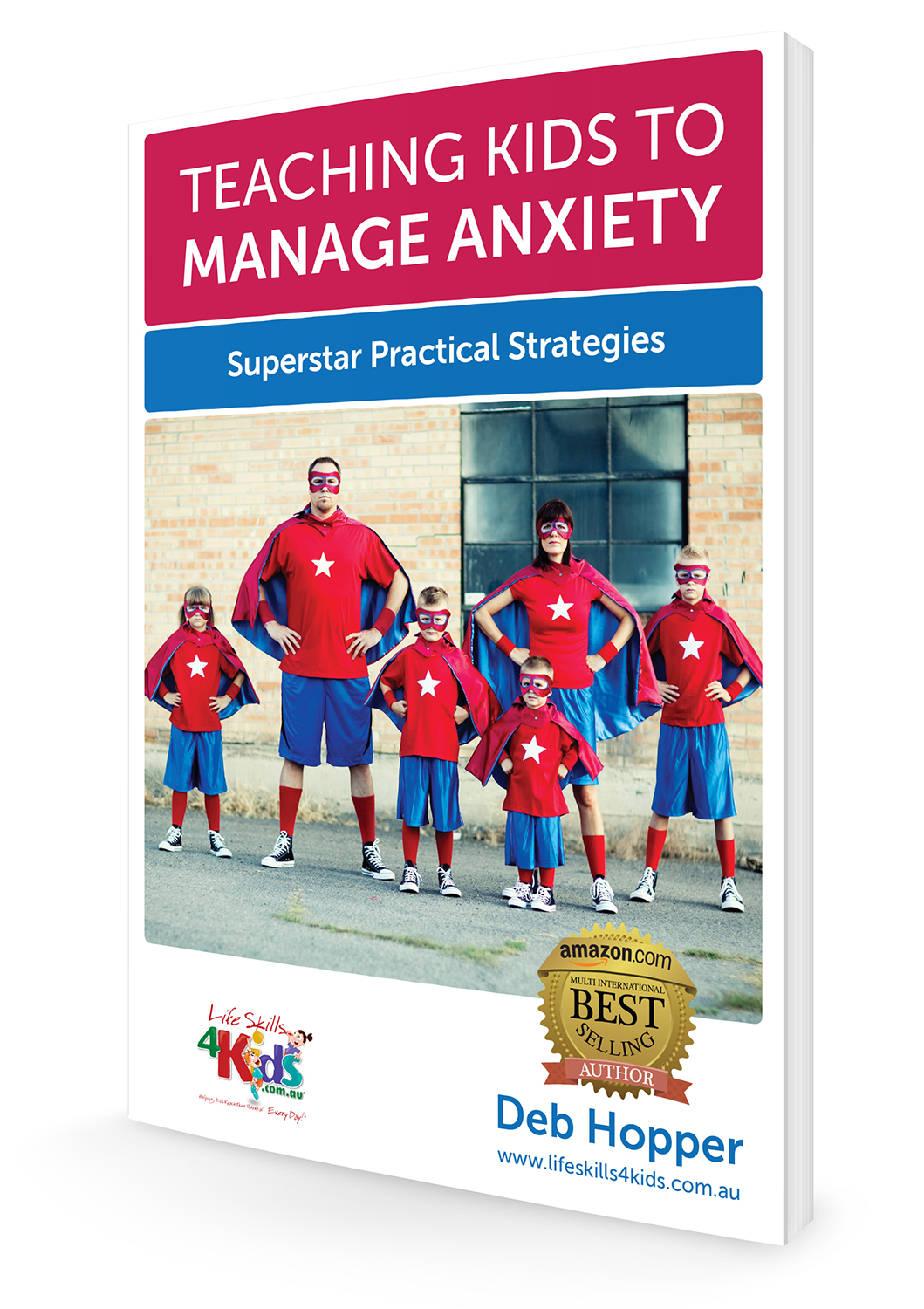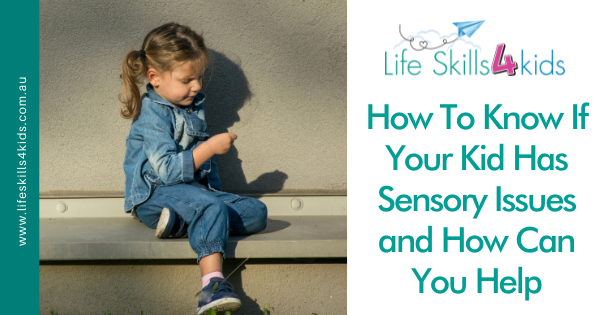We all make sense of the world through our five senses. The information that our senses provide enable us to make choices and decisions, based on the input that our brains have received from them.
Sometimes though, the way our brains organise and respond to information from one or more of our senses does not work in the way it is meant to and this can cause sensory processing issues.
Sensory processing issues can occur with any of the senses:
- Touch
- Taste
- Vision
- Hearing
- Olfactory (smell)
Other senses that may not be thought of commonly also include:
- Muscle/Body Awareness (proprioception)
- Spatial Orientation (Vestibular)
As a parent, how will you notice the signs that your kid has sensory issues?
It is important to keep an open mind as to whether potential sensory issues are just part of a normal pattern of your kid growing up and experimenting with their world or whether they may be indicative of sensory challenges that your child may face.
Signs and Symptoms that indicate your kid has sensory issues
There are two things to look out for:
- The trigger – the sensory input that’s overwhelming your child eg a loud noise, a certain texture, a crowd of people
- The type of sensory processing challenge your child has eg, sensory avoidance or sensory seeking (see below)
Sensory Avoiding
If your child is displaying signs of sensory avoidance, they may react to a wide range of triggers. These can include loud sounds, uncomfortable clothing, crowded spaces, or certain food smells or textures, among others.
Whatever the trigger, the reaction can sometimes be extreme and this reaction is different to a temper tantrum – your child cannot help the way they are reacting.
Here are some examples of signs your kid has sensory issues and experiences sensory avoidance:
- Extreme response to or fear of sudden, high-pitched, loud, or metallic noises which seem inoffensive to others
- Background noises that others don’t seem to hear may be extremely distracting to them
- Fearful of surprise touch, avoids hugs and cuddling even with familiar adults
- Doesn’t enjoy a game of tag and/or is overly fearful of swings and playground equipment
- Extremely fearful of climbing or falling, even when there is no real danger i.e. doesn’t like his or her feet to be off the ground
- Hates messy play / painting / getting hands dirty
- Has poor balance, may fall often
Sensory Seeking
Kids who need lots of sensory input, are the opposite to above. They need to be constantly on the move and seeking out a wide variety of experiences that provide them with lots of sensory input.
Here are some examples of signs your kid has sensory issues and seeks out sensory input:
- A constant need to touch people or textures, even when it’s inappropriate to do so
- No concept of personal space
- Clumsy and uncoordinated movements
- An extremely high tolerance for or indifference to pain
- Often harms other children and/or pets when playing, i.e. doesn’t understand his or her own strength
- May be very fidgety and unable to sit still, enjoys movement-based play like spinning, jumping, etc.
- Seems to be a “thrill seeker” and loves going fast eg on fairground rides
Other clues that your kid is experiencing sensory issues
In my article on Identifying Kids with Sensory Issues in class, I have outlined the Top 5 signs that might indicate a child is struggling with sensory issues. Here’s what to look out for:
- Constant fidgeting: your child can’t keep their fingers still or their hands to themselves.
- Continual moving around and wriggling: your child is always on the move and can’t sit still.
- Visual signs: your child may need to sit in a certain place to be able to see a television or a book properly – they may struggle if they are sitting to the side of a book or TV and because of this will disengage their interest very quickly
- Auditory anxiousness: noise in the home environment and away from home can be distracting, or even anxiety-producing for some children.
- Postural strength: does your child have low muscle tone and poor core stability? Do they struggle to sit on the floor or at a table for any length of time and get tired quickly from doing this?
Possible Causes of Sensory Processing Issues
There is currently no known cause of sensory processing issues, research is being done on genetics, birth complications and other environmental factors, but so far there is no conclusive evidence as to how they are caused.
Other Issues That Can Co-Occur With Sensory Processing Issues
Sensory processing issues often occur with kids who have autism or ADHD. This is not always the case and if you suspect that your child may have any of these issues, go and see a professional. The sooner you can find out what is happening with your child, the sooner you can help them.
There are several tests that a professional can do to diagnose sensory processing issues. In general, it will be evident from your child’s behaviours.
How You Can Help if your kid has sensory issues
As a parent, it is important to watch your child and take notes of potential triggers and the behaviour that evolves from these triggers. At Understood.org there is a great article on Observing Your Child and Taking Notes which is very helpful.
Dealing with unexpected meltdowns can be tough on you and your family, here are some resources to help you positively cope when this happens:
From LifeSkills4Kids:
- Helping children with sensory induced anxiety
- Helping your child who has anxiety for sensory reasons
- Deb’s Sensory Processing Tip Sheets
- What is SPD? (Sensory Processing Disorder)
From other websites:
Teaching Kids to Manage Anxiety: Superstar Practical Strategies (eBook)
Kids today are growing up in a fast-paced world where information and opportunity overload can be overwhelming.
Based on many years of clinical experience as an Occupational Therapist, Deb Hopper has been using her Just Right Kids® Model to teach children to communicate and manage their stress and anxiety by:
– Identifying their “body speed”,
– Understanding their stress triggers, and
– Implementing simple strategies to reduce anxiety and stress.


